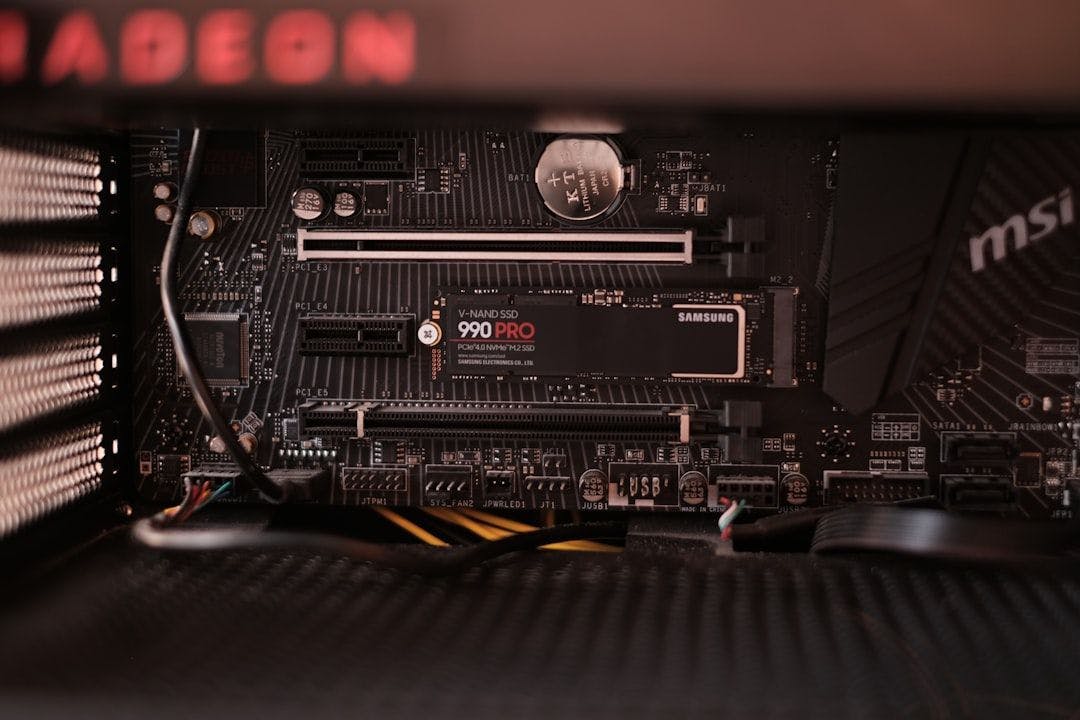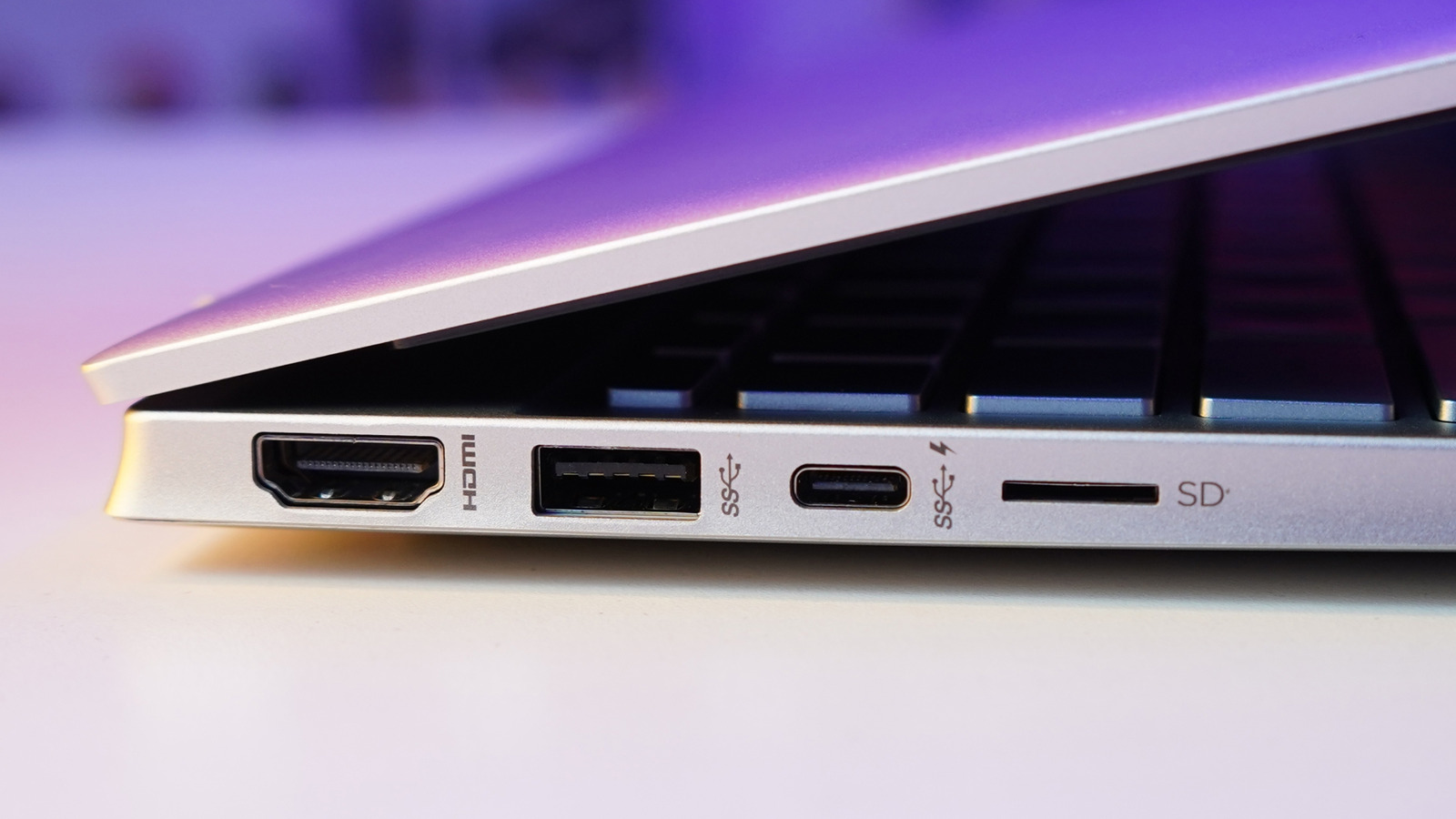I. The Silent Killer in Production
In the complex tapestry of modern distributed systems, a subtle yet insidious threat often lurks beneath the surface: the memory leak. Unlike immediate errors that crash an application or trigger glaring alerts, memory leaks are often silent killers. They manifest gradually, insidiously consuming more and more system memory, leading to performance degradation, increased latency, and eventually, the dreaded Out-Of-Memory (OOM) errors that crash services and disrupt critical business operations. Identifying and diagnosing these leaks in sprawling microservices architectures, where a single request might traverse dozens of services, presents a formidable challenge for even the most seasoned DevOps and observability engineers.
This is where OpenTelemetry steps in. As a vendor-agnostic set of tools, APIs, and SDKs, OpenTelemetry (OTel) has rapidly become the de facto standard for collecting high-quality telemetry data—traces, metrics, and logs—from your applications and infrastructure. It provides the unified, contextual data necessary to pierce through the opacity of distributed systems and shine a light on hidden issues like memory leaks. By standardizing how you collect and export observability data, OTel empowers you to see the full picture, from a user’s click to the deepest corners of your backend services.
In this blog post, we’ll embark on a practical journey. We’ll start by understanding the anatomy of memory leaks, then dive into a hypothetical production incident. Most importantly, we’ll walk through how to leverage OpenTelemetry’s powerful capabilities across traces, metrics, and logs to systematically diagnose and ultimately resolve a critical memory leak, transforming an opaque problem into a solvable challenge.
II. Understanding Memory Leaks in Distributed Systems
Before we dive into diagnosis, let’s clarify what we’re up against.
A. The Anatomy of a Memory Leak
At its core, a memory leak occurs when a program fails to release memory that it no longer needs, leading to a gradual accumulation of unused memory that cannot be reclaimed by the garbage collector or operating system. Common culprits include:
- Unreleased Resources: Forgetting to close database connections, file handles, network sockets, or stream readers.
- Unbounded Caches: Caching mechanisms that grow indefinitely without eviction policies, constantly adding new entries without removing old ones.
- Circular References: In languages with garbage collection, objects referencing each other in a loop, preventing them from being collected even if no longer reachable from the application’s root.
- Forgotten Event Listeners/Subscriptions: Registering listeners that are never deregistered, holding references to objects even after the observable object is gone.
- Improper Error Handling: Errors that cause a function to exit prematurely without releasing allocated resources.
The insidious nature of memory leaks lies in their manifestation. Initially, you might notice subtle performance degradation or increased resource consumption. Over time, as available memory dwindles, garbage collection (GC) activity increases, leading to “stop-the-world” pauses and further latency. Eventually, the service may slow to a crawl, respond with errors, or succumb to an Out-of-Memory (OOM) error, resulting in a crash and potential service outage.
B. Why Traditional Monitoring Falls Short
Many organizations rely on traditional monitoring tools that provide high-level metrics like CPU utilization, total memory usage, and network traffic. While these dashboards are essential for a quick overview, they often fall short when diagnosing complex issues like memory leaks in distributed systems.
Basic memory usage graphs will show an increasing trend, signaling a problem, but they offer no context. They tell you what is happening (memory is growing), but not why (which part of the application, which request, or which code path is holding onto memory). Without granular, contextual data linked to specific operations or code segments, engineers are left to guess, leading to protracted debugging efforts and potential “blame game” scenarios across teams. You need more than just aggregate numbers; you need data that correlates resource consumption with specific activities within your application.
III. Setting the Stage: Our Hypothetical Memory Leak Scenario
To illustrate the power of OpenTelemetry, let’s imagine a common, yet frustrating, scenario.
A. The Incident
At Acme Inc., a rapidly growing tech company, their critical UserAuthService—responsible for authenticating users and managing sessions—has been experiencing intermittent slowness over the past few days. Users are reporting occasional login failures and session timeouts. The Ops team initially attributes it to increased load. However, the situation escalates. Yesterday, the UserAuthService instance responsible for a major region crashed repeatedly, displaying OOMKilled errors in the Kubernetes logs. Its RSS (Resident Set Size) memory was observed climbing steadily, far beyond its expected baseline, even during periods of low traffic. The service was constantly restarting, leading to a partial outage for a significant user base.
B. The Initial Observability Gap
During the initial triage, the on-call engineer pulled up the standard dashboard for the UserAuthService. Indeed, it showed “High Memory Usage” and frequent restarts. However, the metrics were purely infrastructural (CPU, RAM, network I/O). There was no immediate insight into why the memory was climbing. Was it increased traffic? A rogue request? A new feature deployment? The existing monitoring could flag the symptom but failed to provide the necessary context to pinpoint the root cause. This lack of detailed application-level insight left the team scrambling, highlighting a critical gap in their observability strategy.
IV. Leveraging OpenTelemetry for Diagnosis
This is where OpenTelemetry becomes indispensable. It allows us to instrument our applications to collect the granular, contextual data needed to move beyond symptoms and identify root causes.
A. Standardizing Telemetry Collection with OTel
OpenTelemetry unifies the collection of three pillars of observability: traces, metrics, and logs. Used together, they form a potent debugging toolkit.
-
Traces: Following the Request Path
Distributed tracing is the cornerstone of understanding request flow in microservices. OpenTelemetry traces capture the end-to-end journey of a single request as it propagates through various services and components. Each segment of this journey is represented by a “span,” which includes details like operation name, duration, and attributes (key-value pairs that add context).
For memory leak diagnosis, traces are invaluable for:
- Identifying Problematic Services: Pinpointing which service in a multi-service transaction is spending an inordinate amount of time or consuming unexpected resources.
- Locating Long-Running Operations: Identifying specific database queries, external API calls, or internal processing steps that are taking too long, potentially indicating resource contention or an accumulation of data.
- Contextual Attributes: Adding custom attributes to spans can reveal crucial details. For example, attributes like db.rows_affected, cache.items_added, or request.body.size can provide hints about data volume, which might correlate with memory consumption. If a service is processing an unusually large payload, a trace can show it.
By analyzing trace waterfalls, you can visually identify bottlenecks or operations that might be inadvertently holding onto memory.
2. Metrics: Quantifying Resource Consumption
OpenTelemetry metrics provide numerical data points over time, perfect for quantifying system and application health. While basic infrastructure metrics are useful, OTel allows for collecting highly granular and custom application-level metrics that are crucial for memory leak detection.
Key OTel metrics for memory diagnosis include:
- System-level Metrics: system.memory.usage (total, heap, non-heap), system.cpu.utilization, process.runtime.go.mem.heap_alloc (for Go), or process.runtime.jvm.memory.heap_usage (for Java). These give you a macro view of the application’s memory footprint.
- Custom Application Metrics: These are vital. Consider instrumenting metrics for:
- cache_size_bytes or cache_item_count: If a cache is leaking, these metrics will show unbounded growth.
- active_connections_count: For services managing external connections.
- concurrent_sessions_count: For our UserAuthService scenario, this could track the number of active user sessions.
- allocated_object_count: If your language allows, track specific object allocations that might be contributing to a leak.
- goroutines_count (Go) or thread_count (Java): A constantly increasing count might indicate leaked routines or threads holding onto memory.
These custom metrics provide specific, quantitative evidence of where memory might be accumulating within your application logic. A steady, inexplicable increase in one of these custom metrics is a strong indicator of a memory leak.
3. Logs: Contextualizing Events
While traces show the path and metrics show the numbers, logs provide the detailed narrative of what happened at specific points in time. OpenTelemetry enhances logging by promoting structured logging and, crucially, by injecting trace IDs and span IDs directly into log entries.
This means you can: Correlate Logs with Traces: Filter logs for a specific trace_id or span_id to see all the events, warnings, and errors that occurred during a particular request, providing granular context. Identify Resource Allocation/Deallocation: Look for logs related to resource creation or destruction (e.g., “DB connection opened,” “File X closed,” “Session created”). If you only see “created” events without corresponding “closed” or “destroyed” events for a specific resource, it’s a strong hint of a leak. Pinpoint Error Paths: Errors can often lead to resource leaks if cleanup logic is skipped. Logs can reveal the specific error condition that prevented proper resource release.
B. Implementing OTel Instrumentation (Conceptual Walkthrough)
To harness OpenTelemetry, you’ll need to instrument your code.
-
Auto-Instrumentation vs. Manual Instrumentation
Auto-Instrumentation: Many OTel SDKs offer auto-instrumentation agents (e.g., Java agent, Python opentelemetry-instrumentation packages) that can automatically instrument common libraries and frameworks (HTTP clients/servers, database drivers) without code changes. This is great for getting baseline observability quickly.
Manual Instrumentation: For diagnosing memory leaks, manual instrumentation is often necessary. You’ll add OTel API calls directly into your application code to create custom spans, record specific attributes, and emit custom metrics. This targeted approach allows you to instrument the precise code paths suspected of leaking memory. For example, wrapping resource allocation functions with span.SetAttribute(“resource.allocated”, true) and span.SetAttribute(“resource.id”, resourceID) is a simple yet powerful step.
-
Key Instrumentation Points for Memory Leaks
Focus your manual instrumentation efforts on areas known to handle significant resources:
- Connection Pools: Instrument the acquisition and release of database connections, message queue connections, or HTTP client connections.
- Caches: Track the size, number of items, and eviction rates of in-memory caches.
- File I/O: Monitor the opening and closing of file handles.
- Session Management: Crucial for our UserAuthService example – track the creation and destruction of user sessions.
- Data Structures: If you’re using custom, potentially large, data structures (e.g., maps, lists), consider adding metrics to track their size over time.
- Garbage Collection (GC) Metrics: For languages like Java or Go, OTel provides standard instrumentation for GC activity, including pause times, heap size, and number of GC cycles. High GC activity preceding OOM errors is a strong signal.
By strategically placing these instrumentation points, you build a granular map of your application’s resource usage, making memory leaks far easier to spot
V. The Debugging Journey with OpenTelemetry (Case Study)
Let’s apply these principles to Acme Inc.’s UserAuthService crisis.
A. Identifying the Suspect Service (Traces)
Upon the UserAuthService crashing, the Acme Inc. team used their observability platform (configured to ingest OTel data) to examine traces. They immediately noticed a pattern: traces involving the UserAuthService were significantly longer than usual, even for simple authentication requests. Digging deeper into these specific traces, they observed that operations within the UserAuthService itself, particularly those related to userSessionLogin and sessionVerification, showed unusually high durations. More tellingly, they identified an attribute session.map.size attached to spans within these operations, which was steadily increasing across successive requests originating from the same service instance. This pointed directly to the UserAuthService as the source, and specifically, its session management logic.
B. Correlating with Metrics: Pinpointing the Leak Source
Next, the team correlated the trace insights with OpenTelemetry metrics from the UserAuthService. While the overall process.runtime.jvm.memory.heap_usage metric showed the clear upward trend before the OOM, the true breakthrough came from a custom metric they had proactively instrumented: userauth_service.active_sessions_map_size. This metric was designed to track the number of entries in the in-memory map used to store active user sessions.
The graph for userauth_service.active_sessions_map_size showed a relentless, unbounded increase from the moment the service started, never decreasing even during periods of low login activity or user logouts. This directly correlated with the overall memory growth and the trace anomalies. It became clear: the service was adding sessions to its map but never removing them.
C. Deep Dive with Logs: Uncovering the Root Cause
With the suspect code path (session management) and the specific issue (active_sessions_map_size growing) identified, the team drilled into the structured logs. They filtered logs by trace_id for some of the problematic, long-running authentication requests that had large session.map.size attributes.
They found log entries like:
{“timestamp”: “…”, “level”: “INFO”, “message”: “SessionManager: Added new session for user_id=12345”, “session_id”: “abc-123”, “trace_id”: “…”, “span_id”: “…”}
However, they never saw corresponding SessionManager: Removed session for user_id=12345 log entries.
Further investigation of the SessionManager code, focusing on error paths and edge cases, revealed the problem. The SessionManager.addSession function correctly added sessions to a ConcurrentHashMap. However, the SessionManager.removeSession function, which was supposed to be called upon user logout or session expiration, was being skipped under a specific error condition during token validation. If a user’s refresh token was invalid, the application would terminate the request but fail to explicitly remove the stale session from the in-memory map. The session object, though no longer valid for the user, was still referenced by the map, preventing its garbage collection.
D. The Fix and Verification
The fix was straightforward: modify the SessionManager logic to ensure removeSession is called unconditionally if a session becomes invalid or expires, regardless of whether the logout flow completed perfectly or an error occurred. This involved adding a finally block or a defer statement (depending on the language) to guarantee resource cleanup.
After deploying the fix, the Acme Inc. team closely monitored their OpenTelemetry dashboards. The userauth_service.active_sessions_map_size metric immediately stabilized and then gradually decreased as old, unreferenced sessions expired and were finally garbage collected. The process.runtime.jvm.memory.heap_usage metric returned to its healthy baseline, and most importantly, the UserAuthService instances stopped crashing. OpenTelemetry provided not just the diagnosis, but also the real-time feedback to confirm the effectiveness of the solution.
VI. Beyond the Leak: Proactive Memory Management with OpenTelemetry
The Acme Inc. incident transformed their approach to observability. Beyond reactive debugging, OpenTelemetry enables proactive memory management.
A. Establishing Baselines and Alerts
With OpenTelemetry metrics in place, you can establish clear baselines for normal memory usage for each service. This includes heap memory, non-heap memory, and any critical custom metrics like cache sizes or session counts. Once baselines are set, configure automated alerts. These alerts should trigger for:
- Sustained Memory Growth: A persistent upward trend in a service’s memory usage over several hours or days, indicating a potential slow leak.
- Sudden Memory Spikes: While not always a leak, sudden, inexplicable memory spikes can point to inefficient processing of large payloads or resource contention.
- High GC Activity: For managed languages, an increasing frequency or duration of garbage collection pauses.
- OOM Events: Critical alerts for Out-Of-Memory errors, triggering immediate incident response.
Early detection via proactive alerting can turn a critical outage into a manageable anomaly.
B. Continuous Monitoring and Performance Profiling
OpenTelemetry data can be integrated with advanced performance profiling tools. For instance:
- Go: Integrate OTel with Go’s pprof by exposing a debug endpoint. Correlate OTel traces with pprof heap profiles to see which code paths are allocating the most memory and whether it’s being released.
- Java: Use OTel alongside Java Flight Recorder (JFR) or other JVM profiling tools to get detailed insights into object allocations, garbage collection behavior, and thread activity.
Continuous profiling, especially in staging or pre-production environments, can help identify subtle memory accumulation patterns long before they impact production. Combining OTel’s distributed context with detailed memory profiles provides an unparalleled view into your application’s resource behavior
C. Building a Culture of Observability
The ultimate goal is to embed observability into your development lifecycle. Encourage developers to think about instrumentation from the outset of feature development, not as an afterthought. Promote a “shift-left” approach where custom metrics and useful attributes are added to spans and logs as part of the development process. This makes debugging significantly faster and empowers teams to be self-sufficient in diagnosing and resolving issues, fostering a culture of ownership and accountability.
VII. Conclusion: Empowering Your Debugging with OpenTelemetry
Memory leaks are a persistent challenge in complex distributed systems, often hiding in plain sight until they cause critical failures. Traditional monitoring alone is insufficient to uncover their root causes. However, as demonstrated through our Acme Inc. case study, OpenTelemetry provides the unified, contextual, and granular telemetry data required to turn an opaque problem into a solvable one.
By strategically leveraging OpenTelemetry’s traces to follow request flows, metrics to quantify resource consumption, and logs to provide detailed context, DevOps and observability engineers gain unparalleled visibility into their applications. This comprehensive approach transforms reactive firefighting into proactive problem-solving, enabling teams to diagnose, fix, and prevent memory leaks with confidence.
Don’t let memory leaks silently cripple your production environment. Embrace OpenTelemetry to empower your debugging efforts, enhance system reliability, and build more resilient software. Explore OpenTelemetry’s extensive documentation and vibrant community resources to start your observability journey today. The path to robust, performant systems begins with seeing clearly.










